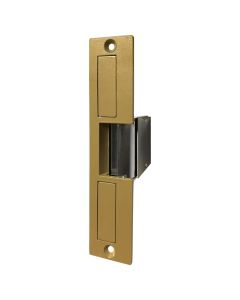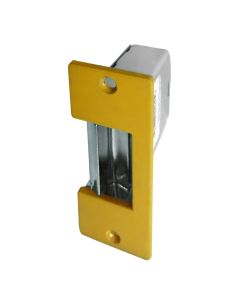Door Hardware
At BSA Security Integrators, we offer a comprehensive selection of commercial door hardware designed to meet the diverse needs of businesses and institutions. Our range includes high-quality products from trusted brands, ensuring reliable performance and compliance with safety standards.
Why Choose Our Door Hardware?
- Compliance: Our products meet industry standards, ensuring your facility adheres to safety and accessibility regulations.
- Durability: Manufactured from high-quality materials, our hardware is built to withstand heavy usage and harsh conditions.
- Integration: Our door hardware integrates seamlessly with existing security and access control systems for a cohesive security solution.
- Expert Support: Our team provides assistance with product selection, installation, and maintenance to ensure optimal performance.
Invest in our premium door hardware to enhance the security and functionality of your facility. Browse our selection to find the perfect fit for your needs.
Our Product Offerings Include:
- Exit Devices: Essential for emergency egress, our exit devices, including panic bars and push bars, are designed for high-traffic areas to facilitate quick and safe exits.
- Electrified Mortise Locksets: Combining durability with advanced access control, these locksets are ideal for facilities requiring high-security solutions.
- Electrified Cylindrical Locksets: Versatile and easy to install, these locksets provide secure access control for various commercial applications.
- Electric Strikes: Our electric strikes offer remote locking and unlocking capabilities, integrating seamlessly with access control systems.
- Door Closers: Ensure doors close securely and safely with our range of door closers, suitable for different door types and usage levels.
- Accessories: We provide a variety of accessories, including hinges, handles, and mounting brackets, to complete your door hardware setup.












